Multi-strat, alternative UCITS and absolute return funds promised uncorrelated alpha. Instead, most have delivered fee-heavy mediocrity. Selectors are becoming more vocal – demanding clarity, transparency and return attribution, or turning to simpler liquid beta.
Complexity without conviction
The post-2008 surge in “liquid alternatives” brought with it high hopes. Selectors, eager to de-risk portfolios without sacrificing returns, embraced multi-strategy, market-neutral and absolute return products as a new generation of alpha generators. But fifteen years on, the shine is wearing off.
According to ESMA’s 2025 UCITS performance and cost update, alternative UCITS funds have consistently underperformed both traditional equity funds and benchmarks on a net-of-fee basis. Despite charging average fees 50–100 basis points higher, they have lagged broad equity indices in 7 of the last 10 years. In 2024 alone, the category posted a median return of just 2.1%, versus 11.3% for the MSCI World.
Selectors have noticed. Conversations once focused on correlation benefits and Sharpe ratios are now turning to cost, transparency, and mandate clarity. As one fund analyst at a Nordic platform put it bluntly: “We were promised hedge fund thinking in a UCITS wrapper. What we got was overpriced confusion.”
Transparency on trial
A recent review by Albourne Partners, a major hedge fund consultant, reinforced the frustration. Their transparency audit of alternative strategies showed that fewer than 30% of the funds reviewed provide clear, investor-facing attribution of returns. In too many cases, the strategy itself is a black box – difficult to explain, harder to monitor.
This lack of clarity is no longer tolerated. Allocators are tightening their shortlists, pushing for granular exposure reporting and real-time liquidity data. Funds that fail to deliver both performance and transparency are being quietly removed from platforms.
Even those funds that perform in relative terms often struggle with selector expectations. In a regime where risk-free rates offer 3–4%, low-volatility funds returning 2–3% net of fees – with drawdown risk still present – are being reclassified from “alternative alpha” to “expensive cash-plus”.
Back to basics?
Selectors are not necessarily abandoning alternatives, but they are becoming far more selective. The Kepler Absolute Return Fund Universe Tracker shows a clear bifurcation: a small set of high-performing, clearly articulated strategies continue to gather assets, while the rest face stagnating flows or redemptions.
In their Q1 update, Kepler noted that the top quartile of alternative UCITS funds delivered an average 5.7% return in 2024 – more than double the median – but with far more defined mandates and consistent manager communication.
This divergence reflects a deeper shift: a growing belief that simplicity, transparency and cost-efficiency may be more durable sources of value than complexity masquerading as sophistication.
Selectors are no longer awed by jargon. They want to know exactly what a fund does, how it does it, and why it’s worth paying for. And if that answer isn’t clear? There’s always a smart beta ETF waiting in the wings.
